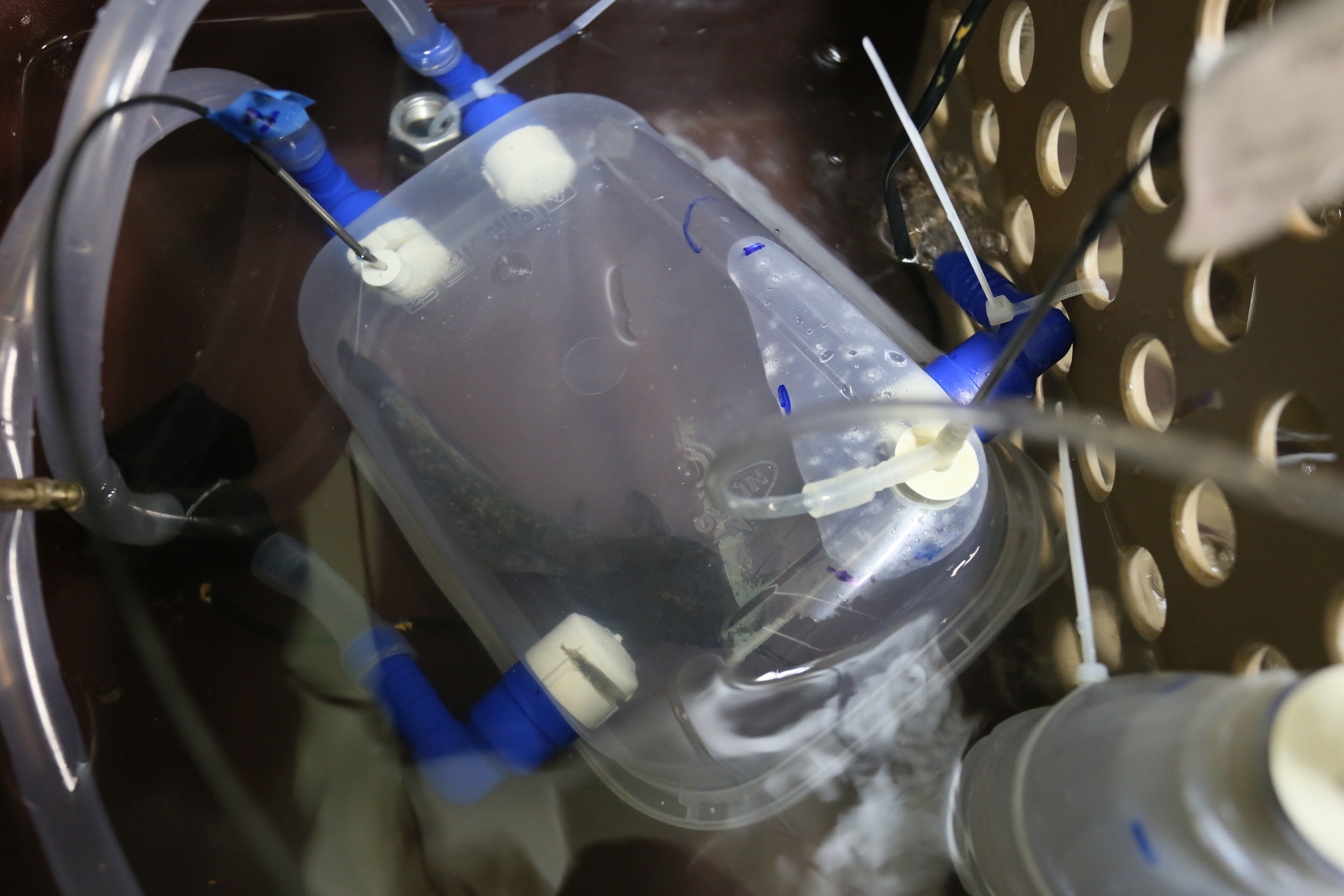I am proud to announce that Tony Williams (Simon Fraser University, Canada), Ryan Calsbeek (Dartmouth College, USA) and myself are organizing a symposium at the upcoming annual meeting for Society for Integrative and Comparative Biology in New Orleans, USA (January 4-8, 2017), entitled The Ecology of Exercise: Mechanisms Underlying Individual Variation in Movement Behavior, Activity or Performance. Confirmed speakers are listed below, but we are also inviting other interested speakers to submit abstracts (register and submit on the SICB website here, deadline for abstracts is September 1, 2016 ).
How hard do free-living animals work? What determines how hard individuals will work on specific activities? Is "exercise" a useful paradigm to apply to animal movement? Can animals work too hard, such that they pay costs of high levels of activity? Until recently, much work on "exercise" has been based in the laboratory (e.g. wheel- or treadmill-running in mammals and reptiles, birds flying in wind tunnels) and has been divorced from ecological context. To what extent do these systems provide good models for understanding activity in free-living animals (during routine behaviour such as foraging) and in particular do they help us understand the physiology of exercise in free-living animals. In this symposium we will define movement and exercise broadly as any behaviour that elevates the level of intensity of activity, in response to an ecological demand for increased performance. This can include situations which are widely assumed to be "demanding" such as long-distance migration or foraging behaviour associated with parental care. However, we will also consider other activities like escaping predators (or mates), pursuing prey and engaging in energetic mating displays.
This symposium is especially timely given the rapid pace of recent technological advances (geolocators, GPS, accelerometers) which are giving biologists an unprecedented ability to track the behaviour of free-living animals 24/7. This will allow researchers to directly address questions of individual variation, mechanisms, and fitness consequences of variation in movement. To date much of this work has been behavioural in nature: describing individual variation in movement patterns, and relating this to outcomes such as evading a predator. Much less work has addressed the physiological mechanisms underlying individual variation in performance, although this topic is the subject of quite heated, but largely theoretical debate. By highlighting "mechanisms" in this SICB symposium we hope to foster collaborations whereby physiologists and endocrinologists can work with ecologists, to fully exploit the potential of new bio-tracking and bio-logging technology
The speakers in this symposium will cover a wide range of animal taxa, different types of activity, behaviour or performance, and both laboratory- and field-based studies. However, we will encourage all speakers to address four central questions:
How hard do free-living animals work during movement associated with any behaviour that elevates the level of intensity of activity, in response to an ecological (or evolutionary) demand for higher performance?
Can paradigms of "exercise" and "training" be applied to free-living animals and are these useful concepts to apply to animal movement?
Can animals work too hard during "routine" activities (e.g. rearing offspring, catching prey), such that they pay costs of high levels of activity?
To what extent do laboratory-based studies of activity and exercise (e.g. wheel- or treadmill-running in mammals and reptiles, birds flying in wind tunnels) provide good models for understanding activity in free-living animals?
Confirmed speakers include:
BINNING, S.*, SHAW, A., ROCHEL, D.G. Exercising when sick: the role of pathogens on animal activity.
CALSBEEK, R.* Metamorphosis as a complex resolution to ontogenetic conflict.
COOKE, S.*, BROWNSCOMBE, J., ALGERA, D. BURNETT, N, DANYLCHUK, A., HINCH, S. and FARRELL, A. The ecology of exercise in wild fish – integrating concepts of individual physiological capacity, behaviour and fitness.
GARLAND, T.* and ALBUQUERQUE, R. Locomotion, energetics, performance, and behavior: a mammalian perspective on lizards, and vice versa.
GUGLIELMO, G.* The challenge of integrating wind tunnel and field studies to understand variation in endurance flight performance of birds.
HALSEY, L.* ‘Fit for purpose’ and ‘in the best of shape’: exploring how physical fitness and body morphology might impact movement ecology.
HAWKES, L.A.*, Batbayar, N., Butler, P.J., Chua, B., Frappell, P.B., Milsom, W.K., Natsagdorj, T., Newman, S.H., Scott, GR., Spivey, R.J., Takekawa, J.Y., Wikelski, M. and Bishop, C.M. Do bar-headed geese train for high altitude flights?
MCCLELLAND, G.* Exercise fuel use in mammals: conserved patterns and evolved strategies for aerobic locomotion.
TOBALSKE, B.*, DIAL, K., and HEERS, A. Ontogeny of locomotor development in birds.
THOMSON, M.*, KNIGHT-MALONEY, M. Physiological and biomechanical mechanisms of distance specific human running performance
YAP, J.*, SEROTA, M. and WILLIAMS, T.D. The physiology of exercise in free-living animals: what can we learn from current model systems?






































